Test: Quivogne Rollmot

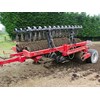
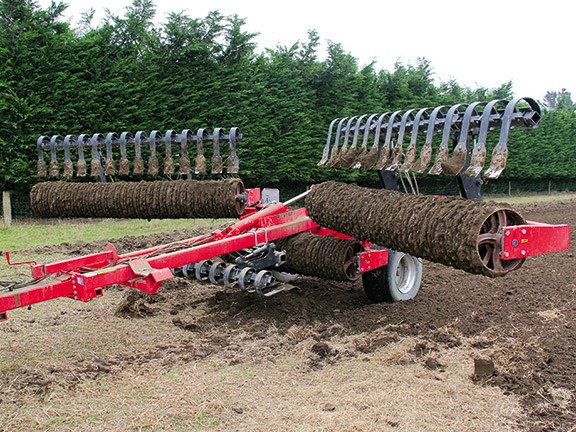



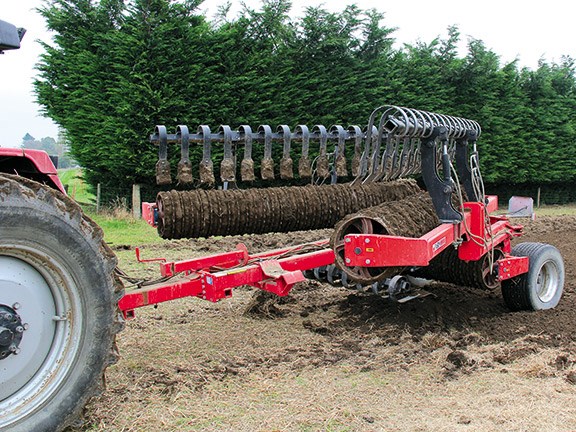

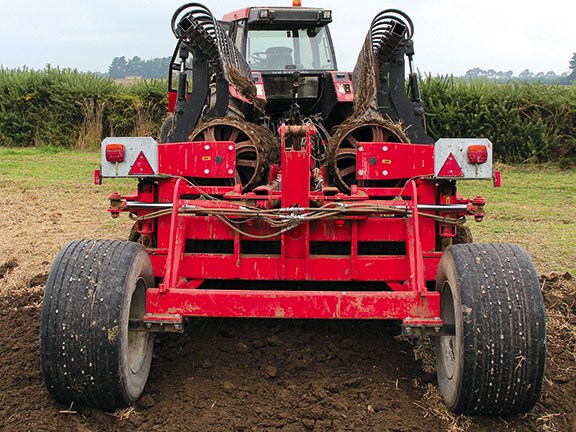

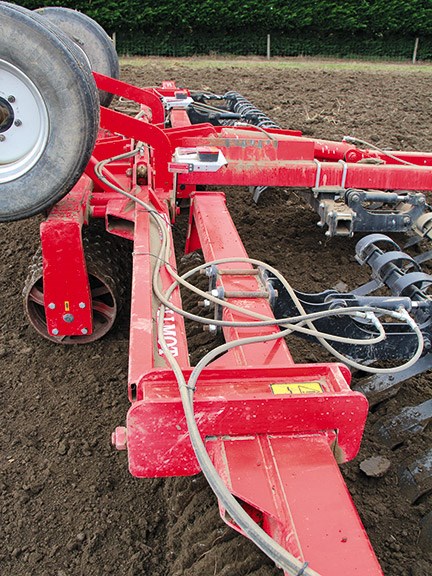

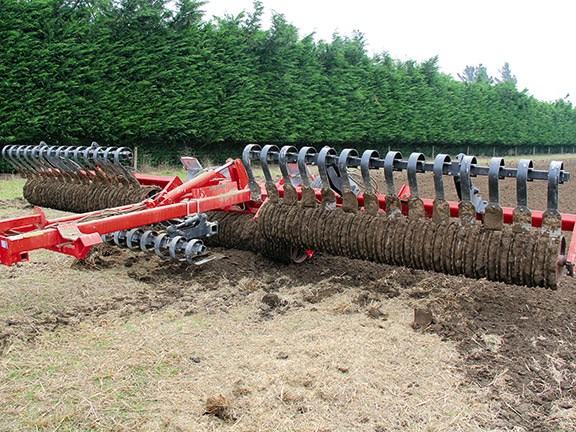

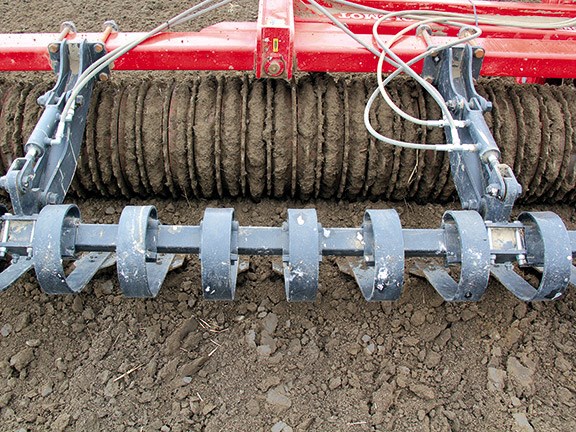

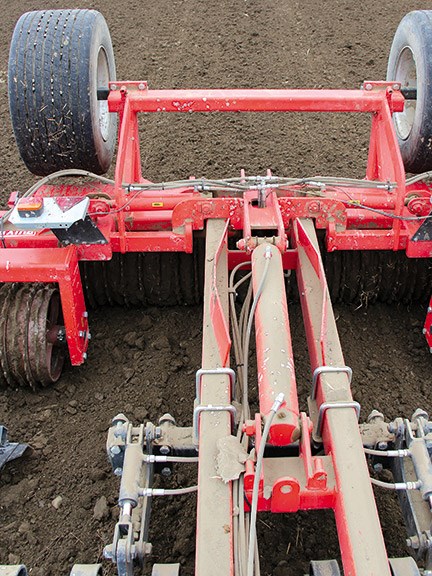

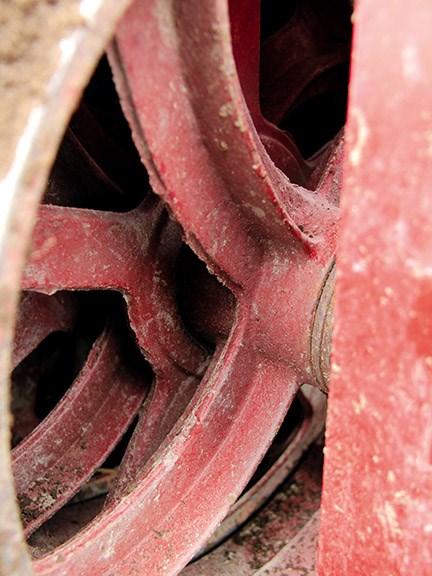

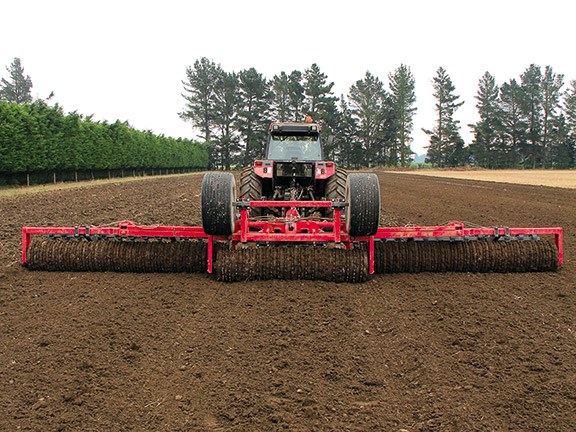

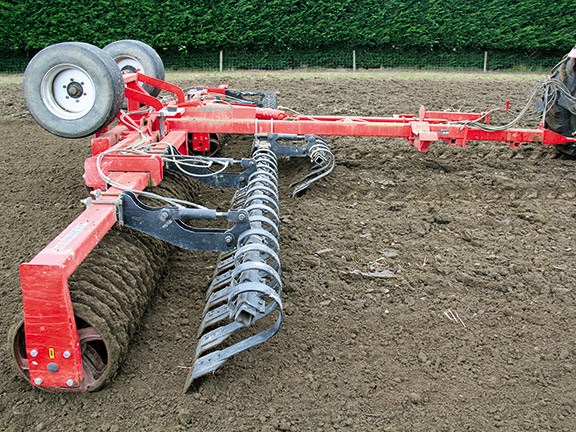

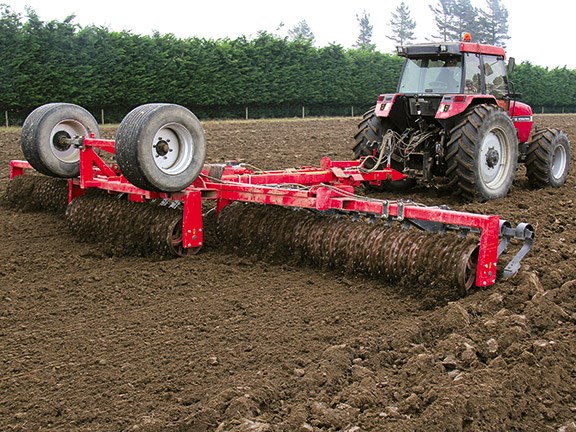




|

|

|

|

|

|

|

|

|

|

|

|

|

|
This month Jaiden tests some French cuisine — not in the form of frog legs and snails, but rather the manufacturing type — with the Quivogne Rollmot roller (pronounced key-von).
This is a very impressive machine and, unlike the roundabout at the Arc de Triomphe, I am happy to report it is remarkably relaxing to drive.
Quivogne, after 13 years in production, recently had the 5000th Rollmot come off the assembly line. This kind of number gives the buyer confidence in the durability of the machine, given the design over the years has changed very little.
A noticeable change, however, is the increased working widths, with machine sizes getting bigger as more pressure is placed on farmers and contractors to cover more ground in a shorter period of time.
The test
Ashburton-based Bill Lowe and son William see a lot of contract mowing in their business, running two sets of triples and a set of double mowers. For their own farm and their cultivation clients, the weapons of choice are an AgroLux 5 furrow reversible plough and the Quivogne 8.3-metre Rollmot roller being tested today.
Bill has been around for long enough to know a good machine when he sees one, and the job this roller has done, in paddocks where crops were sprouting up when I visited the farm, showed a very impressive seedbed.
To be fair, the wheels on the tractor sunk in a little during the test due to the soil being wet, the size of the tractor comparative to the width of the roller, and the fact we literally just ploughed it.
All things considered, it did bloody well.

Rings
The 8.3-metre test roller had fluted Cambridge rings fixed on a 70mm shaft, with an immediate floating breaker ring, which is sloppy on shaft. Various ring options are available depending on your soil type.
As the ring comes up, it flicks the sticky soil off, minimising the risk of the roller blocking in wet soil conditions, which is common on standard Cambridge rings. Rolling the just-plowed moist soil, I was impressed with how the roller managed to stay clean without the use of scrapers.
The ring design creates a firm-but-fluffy seedbed and leaves a wobbly finish, which is great for windy conditions like in Canterbury, as you don't end up with a hard crust on the ground. It also creates a little micro-climate for the seed.
Hydraulic folding
The roller is mounted in three sections — one mid-section mounted to the transport wheels and two wings. The wings are first lifted out of the transport position and then the large down-pressure rams unfold them. The transport wheels are then folded back, allowing the rollers and the crackerboards to be moved into the working position.
The large transport tyres are fitted standard on all machines imported into New Zealand to help reduce soil compaction and allow the heavy machine to travel smoothly.
The machine is also fitted with a long drawbar to allow the large wings to fold neatly in behind the tractor to create the 2.5-metre transport width, and tight turning without interfering with tractor tyres at headlands, even if the tractor is equipped with duals.
Levelling paddles
The design on the Quivogne sees the paddles lying down, gently allowing the soil to flow through them, whereas some competitor machines have them more upright and in some conditions the soil can build up and jump it, creating waves across the paddock.
These paddles and the roller worked exceptionally well in ploughed ground. Looking at the paddock, you'd never guess it hadn't been power harrowed, as it had the same finish as a packer roller, without the soil structure damage of the tines and moving parts from the abrasive and stoney Canterbury soil.
The levelling paddles are made up of 14 heavy-duty spring tines on each of the wings and eight in the middle section. As these move through the ground, they create a shaking motion as well as a grading effect, helping to break up clumps and create a nice, fluffy seedbed.
Once the machine is in the work position, you can tilt the paddles to the desired point hydraulically.
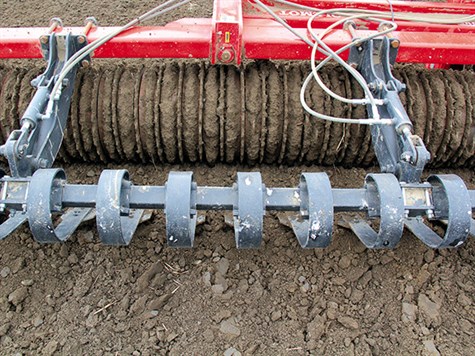
Contour following
Arguably the Rollmot’s best feature is the large working width. The centre pivot wing sections work like a centre pivot mower and follow the ground exceptionally well. This allows the downforce from the hydraulic rams to be at maximum pressure. Rather than folding to follow the ground, the frame stays rigid and the wings pivot to keep consistent ground pressure across the machine in each of the three sections.
Additionally, with the rear section being behind the folding wings rather than in one straight line, it reduces the scuffing at the headland as this rear section picks up any soil that has been pushed out by the wings or ripped up by the tractor tyres, to create a consistently-smooth finish.
The verdict
FarmChief can sell you a roller up to 10.3 metres wide. This is massive, but given it has sold as many 8.3-metre machines as 6.3-metres this last season, the big daddy might not be too much of a stretch in seasons to come.
The design of the pivoting wings and the horizontal approach of the paddles make this machine very simple, versatile, and effective. It has a large working width with low power requirements, a narrow transport width, and, judging by the results seen in both the paddock we worked and other seeded paddocks, there isn't too much to grumble about.
Thumbs up
- Soil doesn't stick to the rings
- Horizontal design of the front hydraulic levelling boards helps leave a smooth-yet-fluffy seedbed for the crop, without creating waves across the paddock
- Centre pivot wings allow constant and consistent weight over all three sections of the roller
- Narrow 2.5m transport width
- Low power requirements comparative to the working width
- Combination of fixed and floating rings help reduce ring damage, as they can track their way around rocks rather than smashing straight into them
Thumbs down
- The way the machine folds would make mounting an air seeder tricky, given you'd have to allow room to provide a safe area for standing to load the seed from
For more information about the Quivogne Rollmot, visit our mates over at FarmChief. You can subscribe to Farm Trader magazine here.
Keep up to date in the industry by signing up to Farm Trader's free newsletter or liking us on Facebook






.jpg)
.jpg)
.jpg)

